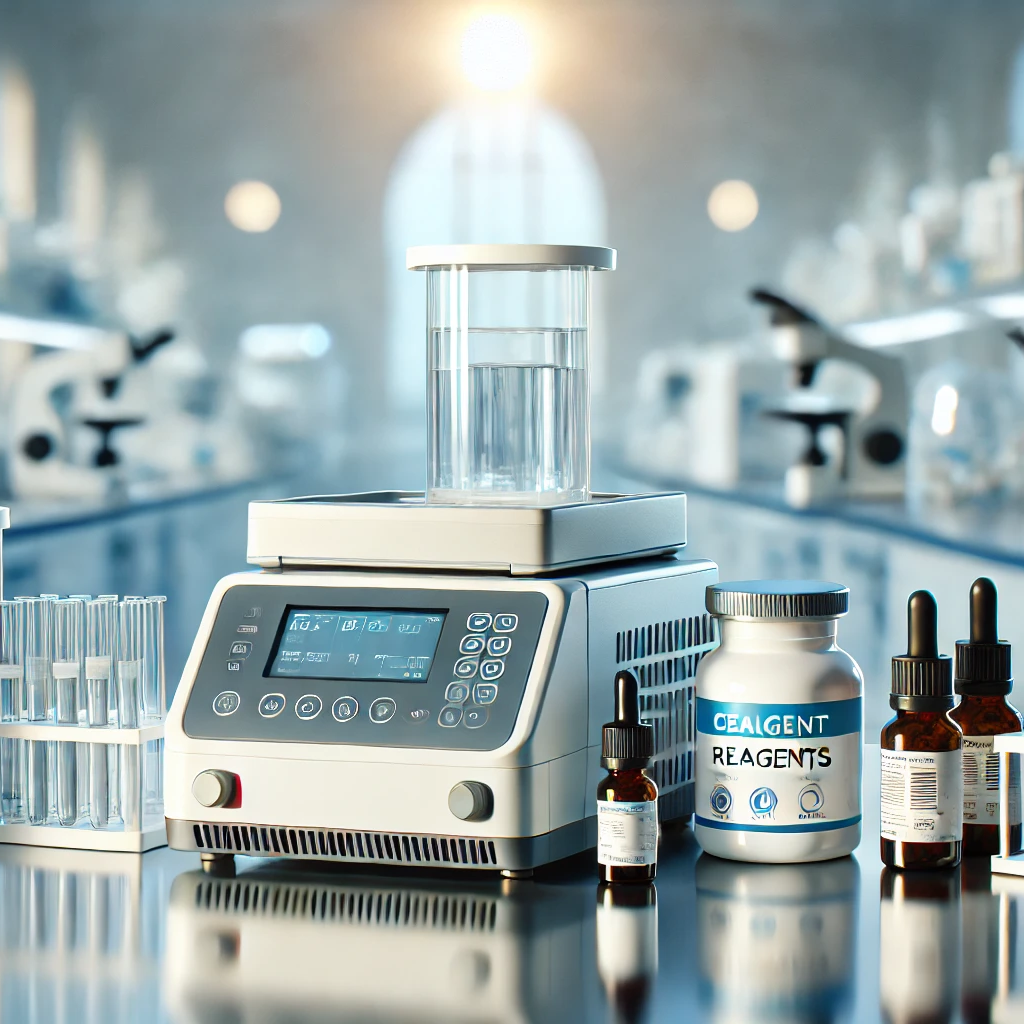Product Description
Application: Flow cytometry, Intracellular staining (flow cytometry) (Tested During Development)
RRID: AB_2869571
Regulatory Status: RUO
Recommended Assay Procedures: Recommended Assay Procedures Preparation Bring FVS660 dye powder and 190 μl of fresh cell culture-grade Dimethyl Sulfoxide (DMSO; e.g., Sigma D2650) to room temperature. Add 190 μl of DMSO and vortex solution well. Inspect the solution and repeat vortex until the stock dye has fully dissolved. This is the Stock Solution. Storage Upon arrival, store the dry dye desiccated and protected from light at -80°C until use. After reconstitution with DMSO, store the Stock Solution at -20°C in small aliquots. Do not use reconstituted dye after 90 days of storage. Please discard the dye solution after 90 days post reconstitution with DMSO. Cytometry Requirements Red laser-equipped Flow Cytometers (e.g., BD FACSCanto™ II, BD LSRFortessa™, BD™ LSR II, or BD Accuri™ C6) can be used. This dye can be read out of filters commonly used for APC or Alexa Fluor® 647 (e.g., 660/20 or 670/30). Fluorescence compensation is best achieved using a sample of the cells of interest. Procedure Fixable Viability Stain 660 labeling of cells 1. Prepare cells for flow cytometric staining using sodium azide-free buffers. 2. Wash cells one time in sodium azide- and protein-free Dulbecco's Phosphate Buffered Saline (1X DPBS). 3. Resuspend cells at 1-10x10^6 cells/ml in sodium azide- and protein-free 1X DPBS. 4. Add 1 μl of the BD Horizon™ Fixable Viability Stain 660 Stock Solution for each 1 ml of cell suspension (1:1000) and vortex immediately. a. Note: We recommend titrating the dye for optimal performance, as different cell types and different applications can result in a wide degree of variability in staining. Please read Note 1 below for guidance on recommended ranges. 5. Incubate the mixture for 10-15 minutes at room temperature or 2-8°C protected from light. a. Optional: Alternatively, incubate mixtures at 37°C for 5-7 minutes. 6. Wash cells twice with 2 ml of BD Pharmingen™ Stain Buffer (FBS) (Cat. No. 554656) or the equivalent. 7. Decant the supernatant and gently mix to disrupt the cell pellet. 8. Resuspend the cells in Stain Buffer (FBS) or equivalent. 9. Stain, fix and permeabilize cells as desired for downstream applications. Notes: 1. Each user should determine the optimal concentrations of reagents, cells, and conditions for the assay of interest. We recommend titrating the reagent in early experiments to obtain optimal results. The following are ranges that we have found to work for various cell systems: a. Lysed Whole Blood: 1:1,000 from the Stock Solution. b. Primary Cells: 1:1,000 - 1:4,000 from the Stock Solution. c. Cell Lines: 1:4,000 - 1:10,000 from the Stock Solution. 2. The reactivity of the free dye is quenched by washing with buffer containing protein (e.g., FBS or BSA). 3. Cells may be stained in bulk prior to freezing or staining with fluorescent antibodies. 4. BD Horizon™ Fixable Viability Stain 660 can be used in intracellular staining assays that require fixation with formaldehyde and permeabilization with methanol and detergents such as those used for BD Phosflow™ staining (e.g., Cat. No. 558050, BD Phosflow™ Perm Buffer III), intracellular cytokine staining (e.g., Cat. No. 554714, BD Cytofix/Cytoperm™ Fixation/Permeablization Kit), or transcription factor staining (e.g., Cat. No. 562574/562725, BD Pharmingen™ Transcription Factor Buffer Set). 5. Apoptotic cells can show variable staining. We recommend co-staining with, e.g., Annexin V FITC (Cat. No. 556419) if further analysis is desired for the apoptotic cells.
Order Guidelines
1. Price & Stock Available on Request. Click to send email to: service@iright.com
2. Please DO NOT make payment before confirmtaion.
3. Minimum order value of $1,000 USD required.
4. 100% prepayment required.
Collaboration
Tony Tang
Email: Tony.Tang@iright.com
Mobile/WhatsApp/Wechat: +86-17717886924
